Christianity has two faces. At least the Christianity that I am most familiar with, living in Belgium: Roman Catholicism. On the one hand, Christianity is a moving story about a mother who gave birth to a son only to see him sacrifice himself for the sake of strangers whom he called brothers and sisters. A shattering lesson of human generosity, modesty and love. An example to live by. The other side of Christianity is the Roman Catholic Church. A powerful institution that has been the single most defining aspect of European history and culture in the last 2000 years. For a very long time, the support of the Church was required for political decision making, scientific exploration and even the every day life of common people. Lack of this support often lead to devastation. But the Church has also been a major contributor to the blossoming of Western culture. Many artistic masterpieces were commissioned by the Church. Without the Church there would be no Michelangelo, no Bernini, no Bach.
At first, I was having serious problems with the disrespectful use of Christian iconography in Bayonetta. If the designers had decided to use Jewish or Muslim iconography in the same way, the game would have caused a massive political row. I’m not religious. But I do acknowledge the importance of Christianity for our Western civilization and I find many texts in the Christian Bible to be very beautiful and moving. So I was upset about the Japanese assault on this important aspect of my culture, demonstrated in a videogame.
Until I realized that for all the references the game makes to Catholic iconography and vocabulary, there was no narrative that was even remotely connected to the Christian mythos. The backstory of Bayonetta is about two “European clans” (good and evil) who used to live in equilibrium and not anymore. Your basic bog-standard lazy game writing. The “evil” clan is represented by “witches”, while the “good” clan is represented by “angels”. Mildly interesting, perhaps, because witches, historically, were simply human and angels are supernatural. And the conflict of these human women was with the human leaders of the Catholic Church, not directly with the divine (many would argue that the Inquisition was a human mistake that God would not approve of). Traditionally, there is no way that human women could win any battle against angels. But the designers of Bayonetta decided to “upgrade” the witches so that could face up to the divine directly. Historically (or even artistically), this makes no sense whatsover. So I first thought that this post would have to be about this impressive lack of meaning.
But then the representation of the “good” guys (who are the enemies of your avatar in the game) caught my eye. These are all fantastical monsters of ever increasing size designed as 3D collages of elements from catholic ornaments. Each of these creatures is worthy of much more thorough inspection than the fast-paced interaction in the game allows for. I was relieved to find that none of these designs refers to any real Christian stories that I care about. They could have worked in the martyrdom of Christ, the betrayal of Judas, the washing of feet, the breaking of bread, the crucifixion, the annunciation, etc. But instead the designers focused entirely on Inquisition lore (torture devices, ironically used by the witch against her opponents) and Vatican splendor. They basically create a pompous spectacle dripping with gold and marble. Not unlike the enormous St. Peter’s Basilica in Vatican City (Rome).

Saint Peter’s is huge. It is shaped like a traditional basilica but it is probably four times the usual size. If it wasn’t so impressive, it would be ridiculous. In some churches, one can feel the presence of God. Whether this is an actual supernatural event, or simply the effect of design and circumstances on our nervous system is irrelevant to my point. One feels solemn and calm in such places and the feeling inspires kindness, quiet and an elevated mood, if not spiritual ecstasy. In other churches, however, there is no God. They are just buildings. Their golden ornaments look fake, the people inside don’t seem devout, the air smells stale. There’s many such churches in Rome. Probably because of tourism. They are sad places you don’t want to stay in. Except for Saint Peter’s Basilica!
Sure, there is no God in Saint Peter’s Basilica. There’s not one ounce of spirituality in the entire humongous construction. But this doesn’t turn the building into a sad and empty place. Because, instead of God, Saint Peter’s offers spectacle. Spectacle in unseen proportions. It’s dazzling to imagine how a building like this must have impressed its contemporaries who had no television, no rock concerts in football stadiums, no nuclear explosions. And even today, after landing on the moon, building sky scrapers and wiping out two entire cities with a single bomb each (*), Saint Peter’s does not fail to impress. The Basilica is a celebration of human will power, if not a celebration of the human body itself and all its senses. It’s almost as if the building is saying “We don’t need God, we are human!” I wonder if Nietzsche ever visited.
The enemy creatures in Bayonetta seem to pay homage to the embrace of the glory of humanity as demonstrated St. Peter’s Basilica and the worldly spectacle that offended the protestants so much. Being raised in a Catholic country, I don’t have an issue with religious spectacle. For me personally, it often doesn’t have much to do with spirituality at all. But, as my experience of Saint Peter’s shows, that doesn’t mean that I can’t enjoy it on another level. Bayonetta is all about spectacle. And its enemy design doesn’t really refer to religion as such. It refers only to (pseudo-)religious spectacle of which all spiritual significance has been stripped. The angelic creatures of Bayonetta are not ethereal beings made of light and fire. They are complicated amalgamations of marble, gold and velvet, as if chunks of Saint Peter’s Basilica had suddenly come to life. It’s amusing to think of the Church-as-building doing the job of the Church-as-institution (during the Inquisition when witches were prosecuted). Amusing, ridiculous, impressive. But not blasphemous. Or even disrespectful.
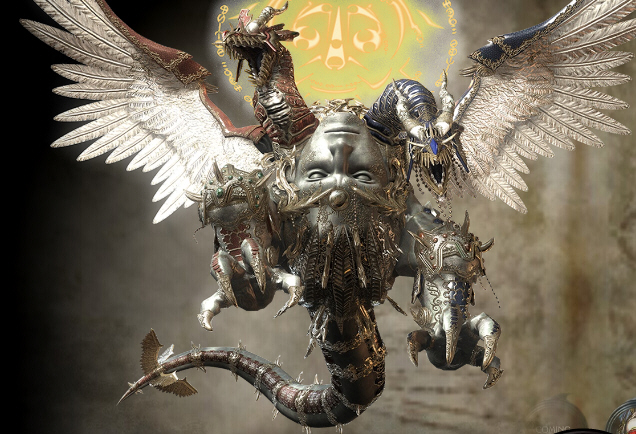

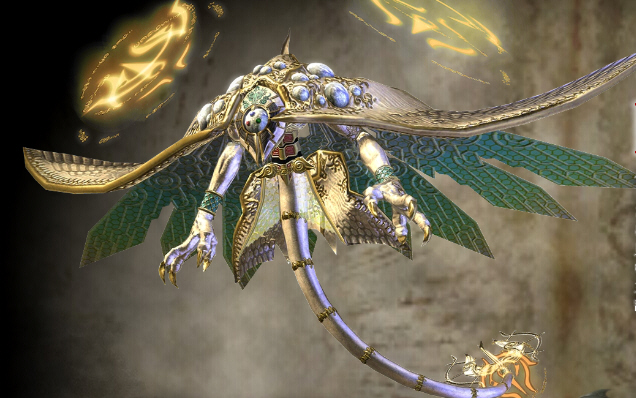

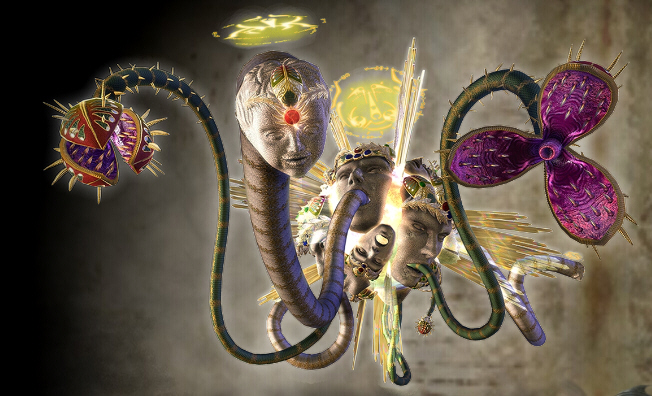
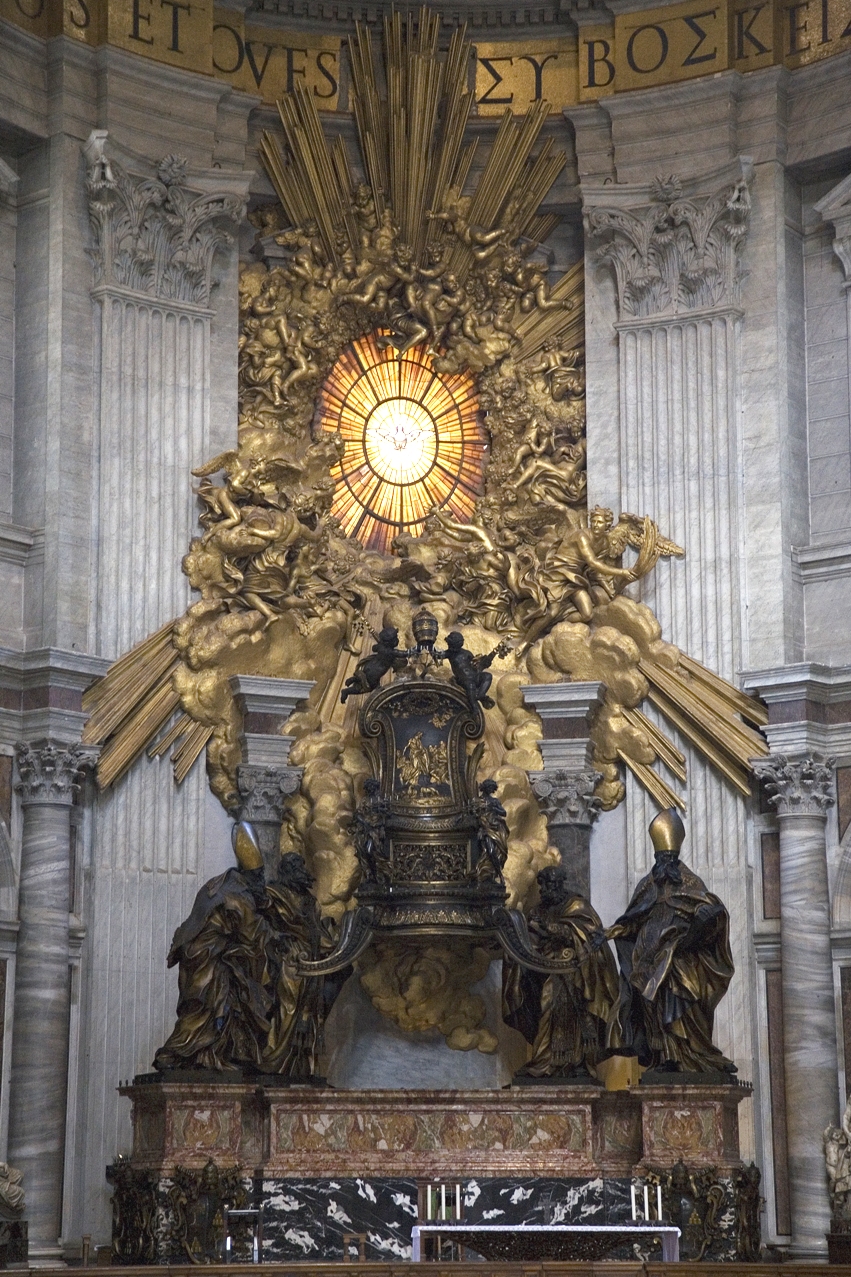
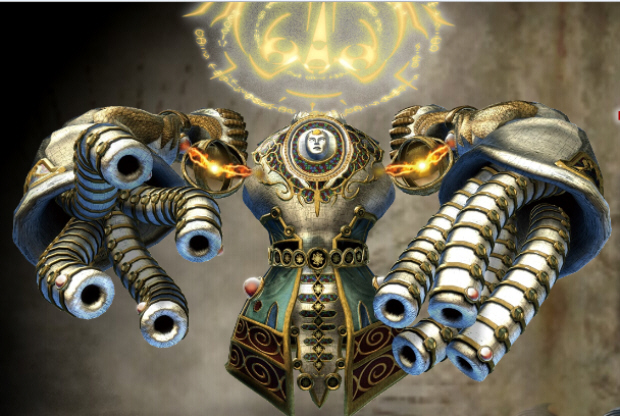
I admit that I have a certain irrational nostalgia for the “good old days” of papal commissions of art works. I find some of the work created to celebrate the glory of the Roman Catholic Church to be magnificent. And if Western artists can’t be bothered to continue the tradition, maybe Japanese videogame developers will.
(*) As in many Japanese pop culture artifacts, the nuclear bombings of Nagasaki and Hiroshima are indirectly referred to in Bayonetta, most specifically in the term “megaton” which is used for measuring the impact of torture in the game. Incidentally, the order of magnitude of the power of the witch versus her angelic enemies is measured in hundreds of megatons while the blasts in Hiroshima and Nagasaki were “only” 13 and 21 kilotons strong, respectively.
This is a rather interesting article. I can’t help but feel as if it possibly fell a little bit short, though. It feels like there was more that this article was leading to, as if there was a further point to be expressed yet was never dealt with.
If I were to offer my own interpretation, I would say that the point here – that you almost alluded to, but strangely avoided – is ultimately framed by a question: What if it was intentional?
What if there is an underlying point behind these monsters representing the earthly constructs behind the church, the crusades, as opposed to the immaterial and the divine? What if Bayonetta contains within it a criticism of the church itself, of humanities tendency to falsify the divine for the purpose of its own self-gain, for prejudice, for oppression? This alludes to a further point, I think; that it points towards a personal spirituality. an appreciation of the immaterial, of the divine, in its purest form, whatever that may mean to whomever it may concern.
bayonetta is almost kind of gnostic, maybe?
of course, I haven’t actually played bayonetta, so i’m basing this mostly off of what I’ve seen and heard.
Posted by G.
Link | June 8th, 2010 at 12:46 am